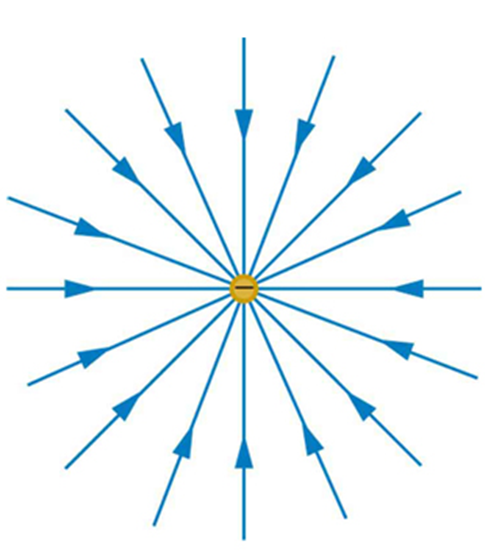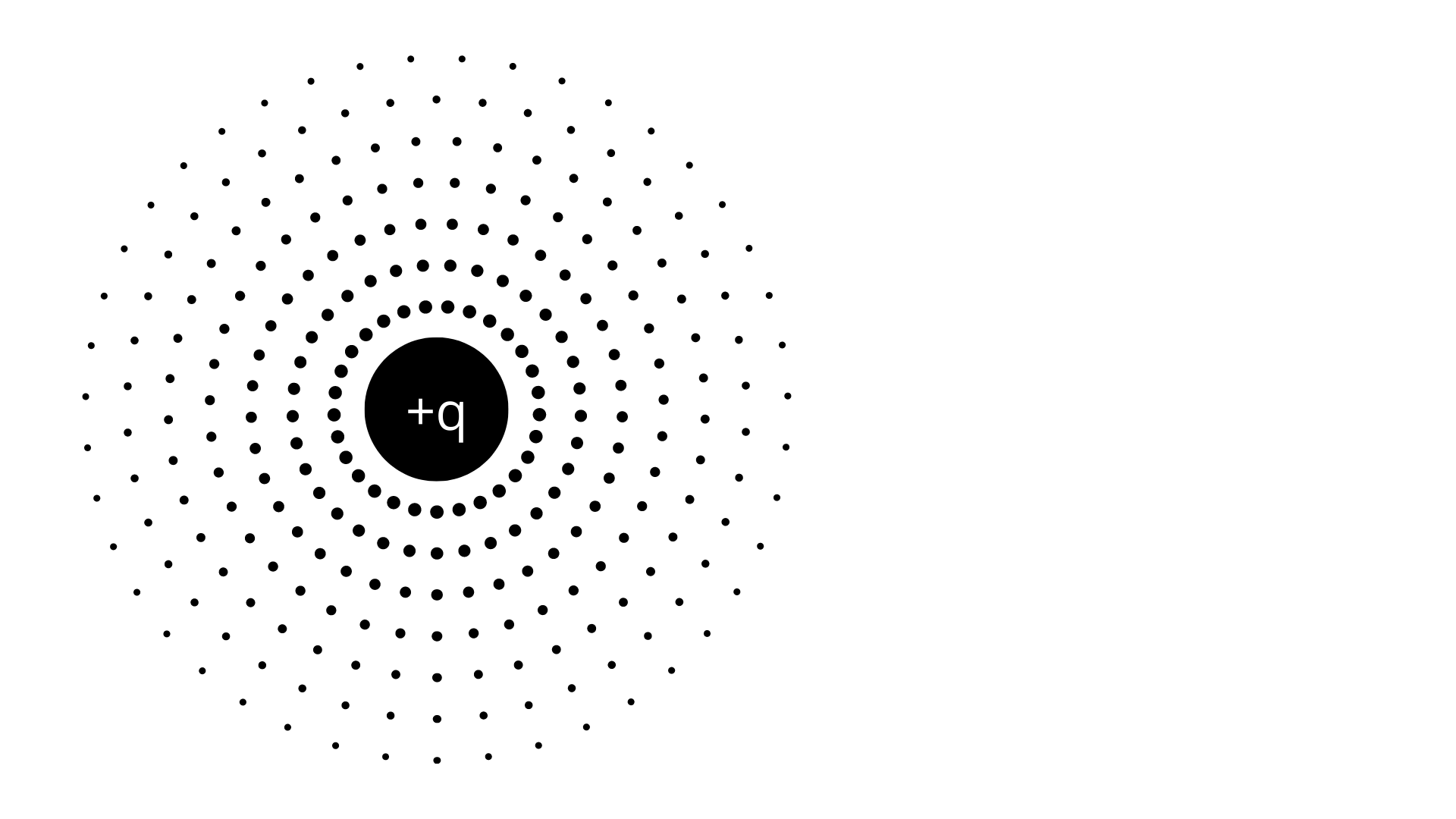What is Parasitic Capacitance?-Definition, And Effects
Parasitic capacitance is a type of capacitance that exists between the parts of an electronic component or circuit. This is because of the proximity of the two electrical conductors.
What is Parasitic Capacitance?
The extra effect of conductors that serve as plates between a dielectric and air is called parasitic capacitance in electrical circuits. It becomes a problem with higher frequencies because the very small distributed capacitances that exist will have lower impedances. This effect can be addressed at the circuit design stage, where the positioning of components can decrease the effects to a point where satisfactory operation can be achieved.
When two conductors are close to each other, they influence each other’s electric field. This is similar to how a capacitor stores opposite electric charges. If you want to change the potential difference between the conductors, you need to provide a current.

The capacitance between conductors is represented by the letter C. For example, an inductor typically acts as though it has a capacitor in parallel because of how closely spaced the coil’s windings are.
When there is a potential difference across the coil, different wires that are next to each other have different potentials. They act like the plates of a capacitor in that they store charge. If there is a change in voltage across the coil, then extra current is required in order to charge and discharge these tiny capacitors.
The current flowing through an inductor can be explained by Faraday’s Law of Induction. This states that the current in a coil of wire will oppose any changes in the magnetic field. When the voltage changes slowly, as in low-frequency circuits, the extra current is usually negligible. However, when the voltage changes quickly, the extra current is larger and can affect the operation of the circuit. Coils for high frequencies are often basket-wound to minimize parasitic capacitance.
Parasitic Capacitance Effects
It’s usually ignored at low frequencies, but at high frequencies, it can be a major problem. In amplifier circuits with extended frequencies, the impedance between the output and the input can act as a feedback path and cause the circuit to change frequencies.
These unwanted oscillations are called parasites. Stray inductance such as component leads can combine with parasitic capacitance to form a circuit in high frequencies. The self-resonant frequency is what the inductor self-resonant is called because the inductance at some high frequencies can make the inductor self-resonant.
The inductor has a reactance that is above the frequencies. Their bandwidth can be reduced by the load circuit attached to the output of the op Amp. Special design techniques such as separation of wires and components, guard rings, ground planes, power planes, shielding between input and output, termination of lines, and straplines, are required for high-frequency circuits.
Crosstalk is caused by the signal from one circuit bleeding into another, causing interference and unreliable operation in cables and computer buses. Electronic design automation computer programs that are used to design commercially printed circuit boards can include the effects of both components and circuit board traces in simulations of circuit operation. This is called parasitic extraction.







Leave a Reply